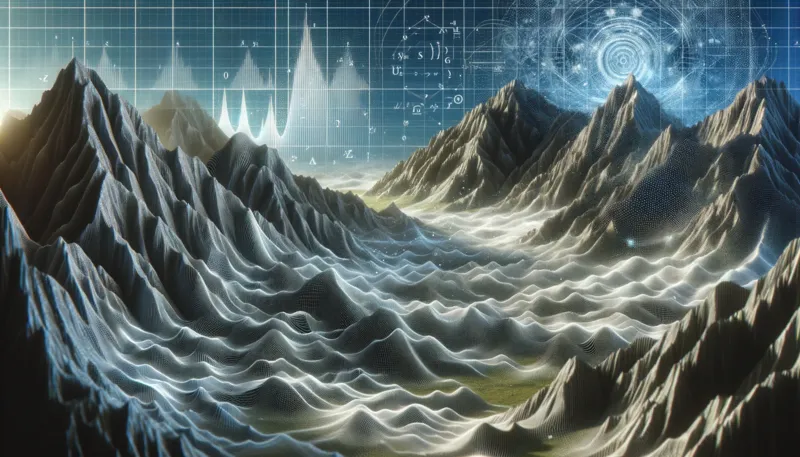Demystifying Perlin Noise

Perlin noise, developed by Ken Perlin in 1983, is a fascinating and versatile tool in the world of computer graphics and procedural content generation. This article will delve into the intricacies of Perlin noise, exploring its development, functioning, and diverse applications, particularly in creating realistic textures and patterns in computer-generated imagery (CGI).
The Genesis of Perlin Noise
Ken Perlin, an American computer scientist, developed Perlin noise to overcome the artificial appearance of textures in computer graphics. This procedural texture primitive was designed to produce a more natural, organic randomness, distinguishing it from the stark randomness of traditional algorithms. Perlin's innovation was so groundbreaking that it earned him an Academy Award for technical achievement.
Understanding Perlin Noise
At its core, Perlin noise is a type of gradient noise. Unlike standard random noise generators that produce abrupt, discrete changes, Perlin noise creates a smooth and continuous sequence of pseudo-random values. This quality of generating "smooth" randomness in one or more dimensions is the hallmark of Perlin noise.
The algorithm works in two main stages. The first stage involves generating a repeatable pseudorandom value for every integer position in a given space (be it 2D or 3D). This is achieved using a hash function based on a permutation table. The second stage involves interpolating these values to create a smooth gradient.
Practical Applications of Perlin Noise
Perlin noise has become a mainstay in various fields due to its ability to simulate natural randomness. Some of the prominent applications include:
- Movie and Special Effects: Used extensively in the movie industry, Perlin noise helps in procedural texture generation.
- Video Games: It plays a critical role in procedural content generation in video games, particularly in terrain generation and creating lifelike environments.
- Image Texturing: Perlin noise assists in creating complex image textures, providing an organic feel to computer-generated images.
Improved Perlin Noise
Ken Perlin introduced an improved version of his noise algorithm in 2002. This updated version addressed some of the limitations of the original algorithm, offering even more refined control over the generation of smooth randomness.
The Underlying Mathematics
The mathematical underpinnings of Perlin noise involve complex algorithms and interpolation techniques. While the specifics can be quite technical, the essence of the process involves using gradient vectors and smoothly interpolating between these points to create the illusion of randomness.
Perlin Noise in Today's World
Today, Perlin noise is an indispensable tool in digital content creation. Its ability to mimic natural phenomena makes it an asset in creating realistic virtual worlds, be it in movies, video games, or virtual reality experiences.
Conclusion
In conclusion, Perlin noise represents a significant leap in the field of computer graphics, offering an elegant solution for simulating the randomness inherent in natural environments. Its continued evolution and application across various media testify to its enduring relevance and utility.
